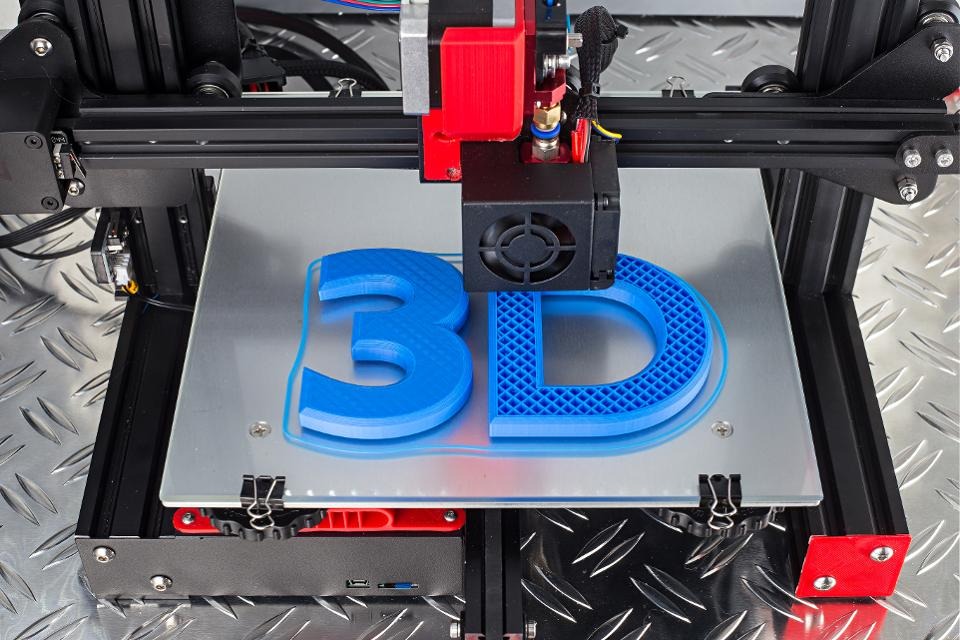The Rise of 3D Printing Technology
3D printing, also known as additive manufacturing, has emerged as a transformative technology with a wide range of applications across various industries. Initially developed for rapid prototyping in the 1980s, 3D printing has evolved into a versatile manufacturing tool capable of producing complex geometries with precision and efficiency. The ability to create three-dimensional objects layer by layer from digital designs has revolutionized traditional manufacturing processes, opening up new possibilities for innovation and customization.
Applications in Prototyping and Product Development
One of the primary uses of 3D printing is in rapid prototyping and product development. By enabling designers and engineers to quickly iterate on designs and create physical prototypes, 3D printing accelerates the product development cycle and reduces time to market. Whether testing form, fit, and function or validating design concepts, 3D printing allows for cost-effective and rapid iteration without the need for expensive tooling or machining. This agility and flexibility make 3D printing an invaluable tool for companies seeking to innovate and stay competitive in today’s fast-paced market.
Customized Manufacturing and Personalization
Beyond prototyping, 3D printing offers unparalleled opportunities for customized manufacturing and personalization. Unlike traditional manufacturing methods, which rely on mass production and economies of scale, 3D printing enables on-demand production of unique, one-of-a-kind products tailored to individual preferences and specifications. From personalized medical implants and orthotics to custom-designed consumer goods and architectural models, 3D printing empowers consumers to participate in the design and production process, resulting in truly personalized products that meet their specific needs and preferences.
Advancements in Materials and Processes
The continued advancement of 3D printing technology has led to the development of a wide range of materials and processes, further expanding its applications across industries. From thermoplastics and metals to ceramics and composites, there is a growing selection of materials suitable for 3D printing, each offering unique properties and characteristics. Additionally, advancements in printing processes, such as stereolithography (SLA), selective laser sintering (SLS), and fused deposition modeling (FDM), have improved print resolution, speed, and reliability, making 3D printing more accessible and versatile than ever before.
Industrial and Aerospace Applications
In the industrial and aerospace sectors, 3D printing is revolutionizing manufacturing processes and supply chains. Companies are leveraging 3D printing to produce lightweight, high-strength components with complex geometries that were previously impossible or cost-prohibitive to manufacture using traditional methods. From aerospace components and automotive parts to medical devices and tooling, 3D printing is driving innovation and efficiency across a wide range of industries, reducing lead times, minimizing waste, and enabling the production of highly optimized and customized products.
Challenges and Future Outlook
While 3D printing holds immense promise, it also presents challenges, including limitations in materials, print quality, and scalability. As the technology continues to mature, researchers and industry leaders are actively addressing these challenges through ongoing innovation and research. From developing new materials with enhanced properties to optimizing printing processes for speed and efficiency, the future of 3D printing looks bright. With continued advancements, 3D printing has the potential to revolutionize manufacturing, enabling a new era of customization, efficiency, and innovation across industries.



